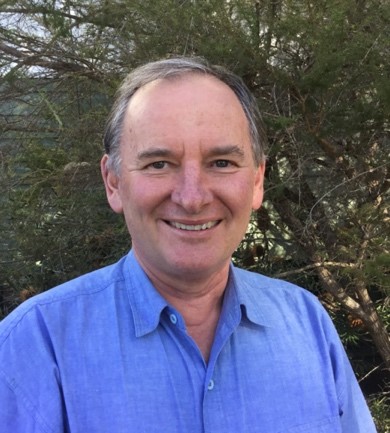A rezoning process for 3,440 properties which has been deferred for almost two decades is finally getting close to being settled with new zonings set to be adopted at the May 28 meeting of Central Coast Council.
But the Community Environment Network (CEN) has called for the NSW Premier to intervene, saying the decision will trash the Coast’s environmental lands.
Land included in Deferred Matters (DM), has needed rezoning since 2006 when the State Government wanted to regularise zones across the state.
These 3,440 properties’ zonings, all in the former Gosford Council area, relate to environmental lands in private hands.
CEN says Council has ignored expert advice from the NSW Department of Climate Change, Energy, the Environment and Water (DCCEEW) to give some land greater protection in the zoning it chooses.
The staff report recommends Administrator Rik Hart adopt the planning proposal that CEN says will undermine the region’s biodiversity and alter its future character and liveability and undermine the Coastal Open Space System (COSS) and any future additions to COSS.
It says it creates the potential for more than 3000 residential structures (mainly secondary dwellings) to be built on 1037 allotments currently zoned 7(a).
CEN Chair Gary Chestnut said he felt vindicated to find that criticisms of the proposal by DCCEEW’s Biodiversity, Conservation and Science Group (BCS) were like those CEN had been making for three years.
BCS said reduction in conservation outcomes, including additional permissibilities on the lands would be difficult to reverse in the future and that Deferred Lands should be assessed for High Environmental Value as described in the Regional Plan 2041 in order to be compliant with current planning policy.
Alternatively an ecological site assessment should be provided.

BCS also questioned vegetation boundaries and zones relating to known flood areas and said all land adjacent to national parks should be considered sensitive land.
Council said it would not be practical to apply extremely expensive and detailed ecological survey programs over extensive areas of the DM Lands study area and that ecological impacts of development are considered at the development assessment phase for individual sites and are subject to the provisions of the Biodiversity Conservation Act 2016.
CEN will request an urgent meeting with Council CEO David Farmer and Administrator Hart before Tuesday’s meeting.
“We are writing to the Premier and the Ministers for Planning, Local Government and for the Central Coast urging them to intervene,” Chestnut said.
“At a time when the Central Coast’s biodiversity is under extreme pressure from climate change, overdevelopment and land clearing, we need to hold on to as much C2 Conservation land as possible.”
Three years ago, CEN addressed Council’s interim administrator Dick Persson, asking him to agree to the highest environmental zoning across all the properties and to allow individual landowners to go through the process if they wanted a different zoning.
Persson disagreed and the then Director of Planning said he preferred ground truthing to a blanket zoning.
But the report to be tabled on Tuesday sees Council admit that ground truthing has not been done across all the properties.
It says that of the 3440 land parcels within the DM Lands, Council was requested through the public consultation process to review the zone boundaries of 29 parcels or 0.8 per cent of parcels of land.
“Site inspections of this and other land has been undertaken following public exhibition to review issues identified by landowners and to ensure that the mapping being used is suitable and accurate,” the report says.
Further on, it acknowledges that mapping of water features such as creek lines is not survey accurate.
Merilyn Vale



